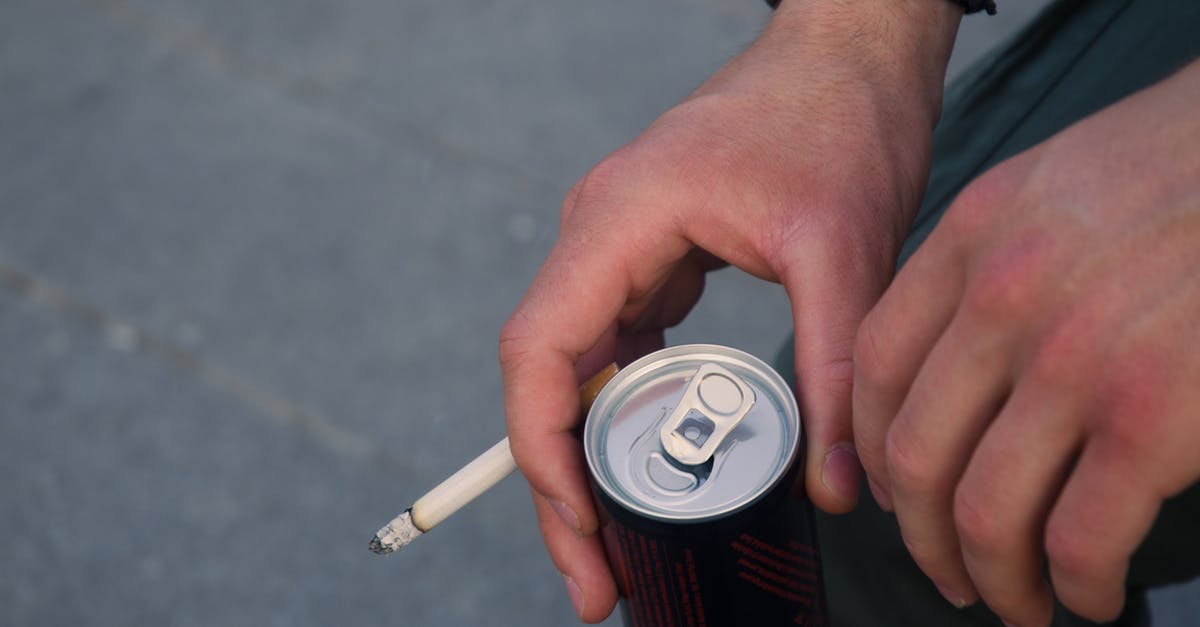Can a sous-vide circulator fully replace a crockpot?

The idea is, to put a regular pot in a larger pot full of water and heat the larger pot with a sous-vide stick.
Would this accurately simulate a crockpot?
The only downside I can see, is that typical sous-vide sticks can not reach the temperature of the highest setting on a crockpot.
Are there any other important differences?
Best Answer
Would this accurately simulate a crockpot?
No. Most crockpots operate on the principle of having a relatively low-powered heating element that very slowly raises the temperature of food over several hours. In many slow-cooking dishes, that additional time spent at lower temperatures is useful in breaking things down, allowing enzymes to work (before they are destroyed at higher temperatures), allowing flavors to marry, etc. Partly for this reason, most crockpots also have a heavy-duty ceramic insert that does not transmit heat quickly. Some dishes for crockpots even depend on this -- placing ingredients closer to the bottom which need more time at higher temp to cook properly, while having ingredients that need less high-temp cooking time on top.
A typical pot placed inside a vat of water with a circulator will absorb the heat from the water much more quickly. The duration of the "transient" (i.e., the time it takes the water to warm up, and then the food inside the pot to warm with it, until they reach a constant temperature) will vary a lot depending on temperature, comparative sizes of the pot and water, etc.
But in general, I'd say it's likely the sous vide circulator will get the water up to a high temperature much quicker than a crockpot typically would. And depending on the material of the pot, the pot could then transfer heat to the food much more quickly than a typical crockpot would.
Whether this difference is relevant to a particular application or not depends on the situation. In general, the common replacement for a slow cooker is usually a low oven, as that can transfer heat relatively slowly and gradually heat up a dish like a typical crockpot. Sous vide is designed to usually raise the temperature of the food to a target as quickly as possible (hence the water bath -- the water transfers heat much more efficiently and quickly than air in an oven or a coil or whatever element under a ceramic crockpot) and then maintain it there.
In sum: crockpot goal = long transient duration; sous vide goal = transient duration usually as short as possible.
Pictures about "Can a sous-vide circulator fully replace a crockpot?"



Can sous vide replace slow cooker?
No, you don't need a sous-vide. You don't need one from Mellow or Anova or Nomiku. A sous-vide will not make your life better or easier or more fashionable. This is not a crockpot.Is a sous vide the same as a slow cooker?
A sous vide device is just a bit different from the slow cooker. With sous vide preparation, it is not a pan or oven that cooks the food, but the heated water in which the food is vacuum-packed. The sous vide device can be attached to a sous vide container or pan that contains an x number of liters of water.Can you replicate a slow cooker?
You can use an oven as a slow cooker alternative. The temperature of a slow cooker is about 80 C on low and 90 \xbaC on high. At such low temperatures an oven will function a lot less well. If you use the oven as an alternative slow cooker, you will have to adjust the preparation a bit for many slow cooker recipes.Can you use a slow cooker as a water bath?
Double boiler/ water bathTo use as a double boiler, fill the slow cooker three-fourths with water and heat on high. Once the water has warmed, use the same way as a double boiler\u2014like gently placing a glass bowl of chocolate over the water and stirring the chocolate to melt.How To Turn Your Slow Cooker Into a Sous Vide Machine
More answers regarding can a sous-vide circulator fully replace a crockpot?
Answer 2
One more factor is that Sous Vide Circulators are limited to temperatures BELOW 212?, which is the boiling point of water. They are designed for slow heating to a particular internal temperature of the product you are cooking, not speeding the process. This provides for fully pasteurization, while maintaining tenderness and juiciness...especially for meats.
Sources: Stack Exchange - This article follows the attribution requirements of Stack Exchange and is licensed under CC BY-SA 3.0.
Images: Marsel Hasanllari, Bethany Ferr, Ylanite Koppens, Ylanite Koppens
